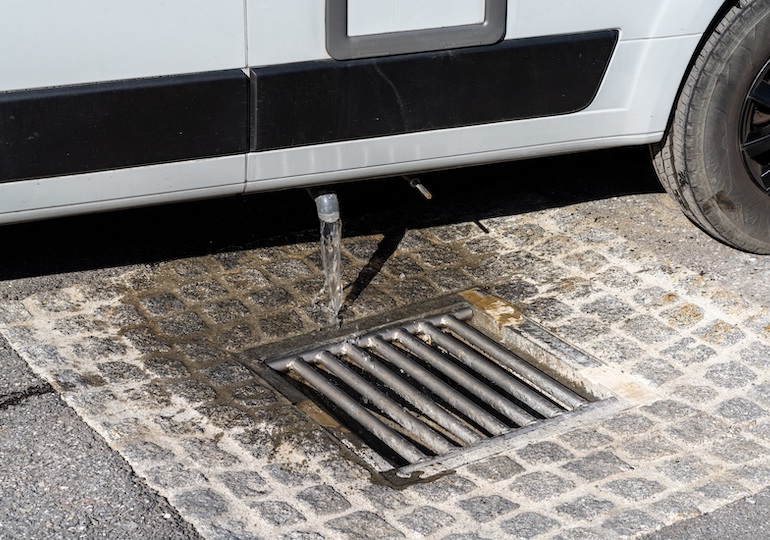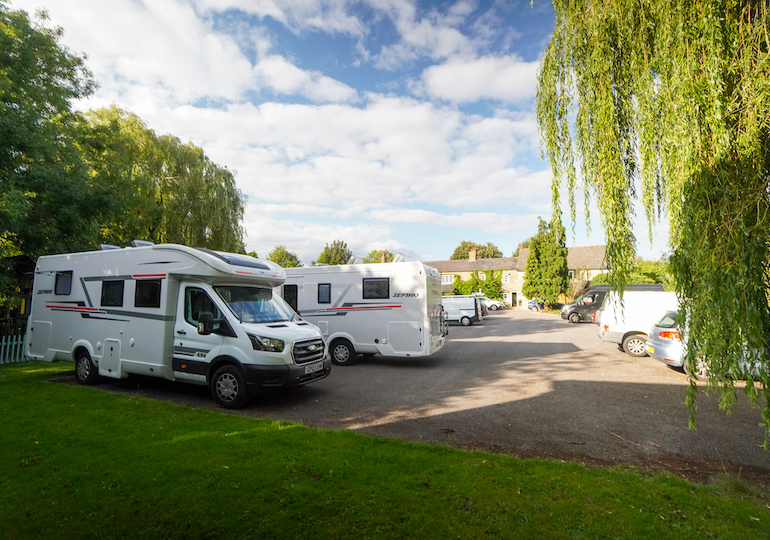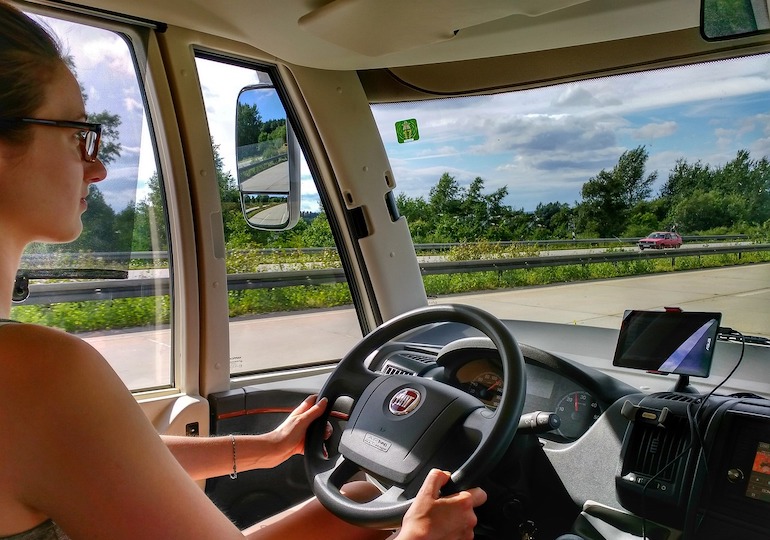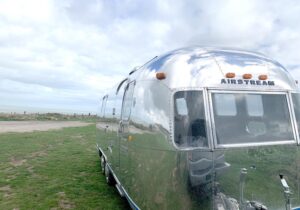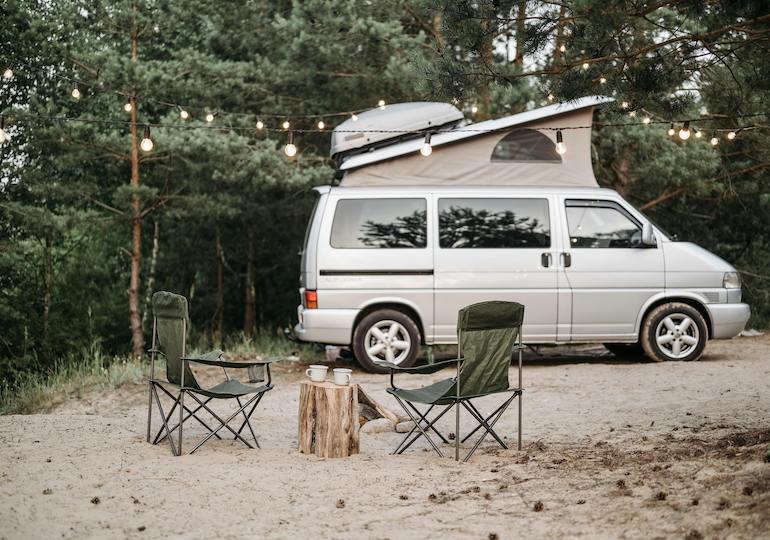It’s that time of year again when the days get shorter and the nights get longer. Although this shouldn’t stop you from embarking on a touring adventure, it’s important to remember that driving in the dark poses more risk than during daylight hours.
With this in mind, the experts at Select Car Leasing have shared a checklist to help motorists ensure they’re taking the right precautions when driving in the dark. So if you’re planning an autumn or winter getaway in your motorhome or caravan, here’s how to stay safe once the sun goes down.
Check and use your lights appropriately
The first thing to be sure of when driving at night is that both your front and rear lights are working properly. This is a legal requirement, so if you find a bulb has stopped working it’s essential to get it checked and fixed as soon as possible to avoid hefty fines.
Turn your dipped headlights on about an hour before sunset and make sure they remain on an hour after sunrise. This way, you will always be visible to other road users.
When driving on unlit country roads, use full beam headlights so you can see the roads properly. This will allow you to see any pedestrians or wild animals to avoid any accidents. Remember to switch to dipped headlights if you encounter another vehicle to prevent dazzling other drivers.
Don’t stare directly at oncoming vehicles
Following on from the previous point, be sure not to stare directly at oncoming vehicles with their headlights on to prevent temporary vision impairment. Instead, look to the left-hand side of the road and follow the line that marks the edge of the road as this will help you keep track of your position.
Watch carefully for pedestrians, cyclists and animals
During the autumn and winter months, vulnerable road users like children, cyclists and the elderly are at increased risk. When the sun goes down, pay extra attention when driving near schools and in residential areas to ensure you have plenty of time to react if someone or something steps out into the road.
Cyclists should wear reflective clothing to make sure they can easily be seen by motorists. However, they don’t always do this so drivers must be careful and aware of their surroundings to prevent collisions. It’s also important to watch out for animals that may dart out in front of your vehicle, such as foxes or cats, particularly on country roads where there is lots of nocturnal wildlife. Keep to an appropriate speed and keep your eyes on the road at all times.
Keep windows clean
In the colder months, a build-up of condensation on the inside of your vehicle’s windows and dirt on their exterior can impair your visibility of the road.
Windscreens are more susceptible to steaming up on the inside and heaters may blow dirty air at the glass which can increase glare from oncoming traffic. With this in mind, be sure to clean all side windows and your windscreen before setting off.
Don’t drive tired
Seasonal changes can affect mood and sleep patterns, which makes holidays even more essential for mental health. This can cause drivers to feel tired on the road. With less light during the evenings, melatonin levels can be impacted causing you to feel more sleepy than usual. When embarking on a long drive in your caravan or motorhome, be sure to take plenty of breaks and keep well hydrated to prevent you from becoming drowsy at the wheel.
Image credit: Vladimir Proskurovskiy / Unsplash






